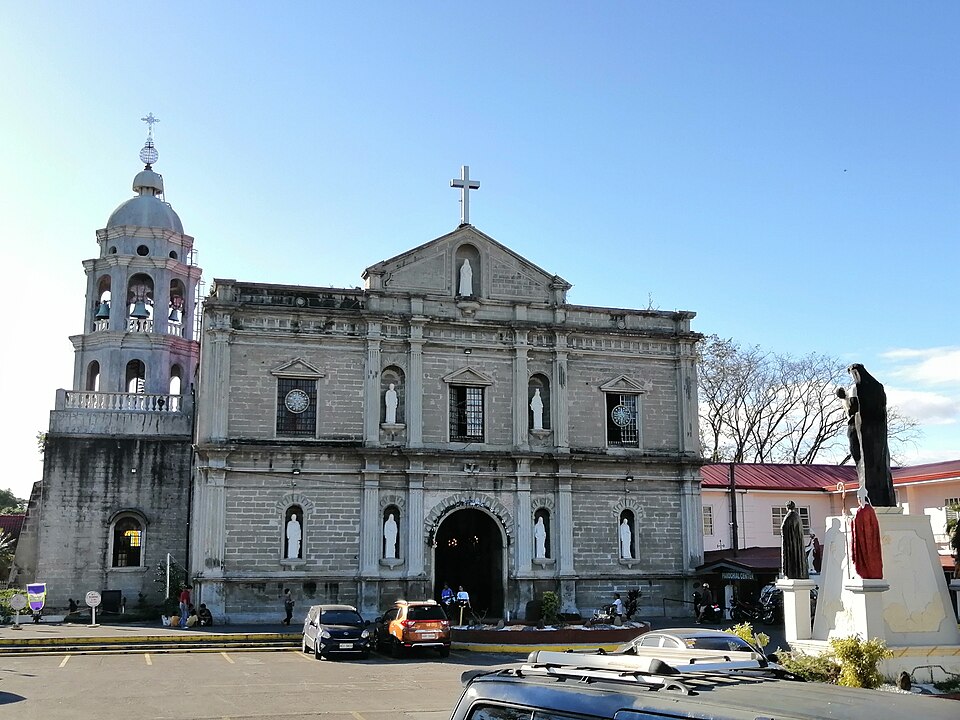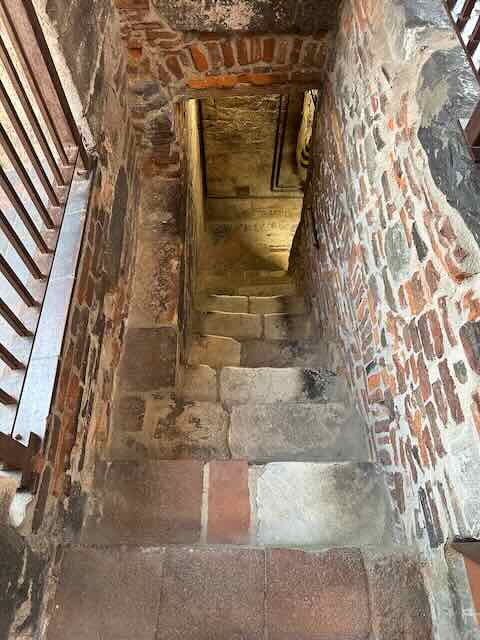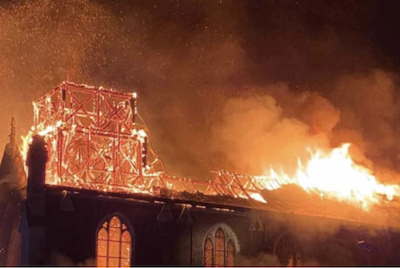The 2025 Cebu Earthquake: A Call to Action for Seismic Retrofitting of Historic Structures
On September 30, 2025, a devastating 6.9 magnitude earthquake reportedly struck Cebu province in the central Philippines, causing extensive structural damage. Among the affected buildings was the Santa Rosa de Lima Parish Church in Daanbantayan, which suffered a partial structural collapse.
The church was blessed in 1812 and declared the first archdiocesan shrine in the Philippines dedicated to St. Rose of Lima in 2022. While reports are still emerging, the incident highlights the extreme vulnerability of historic unreinforced masonry structures during seismic events.

This event emphasises the critical need for seismic improvement of historic masonry and brick buildings globally, particularly those situated in earthquake-prone regions. These structures, often designed centuries ago, were primarily conceived for gravity loads and lack the structural reinforcements necessary for seismic resistance. Their fragility poses a risk to lives during severe earthquakes and threatens the loss of invaluable cultural heritage, as already happened in 2013 Bohol Earthquake (7.2 magnitude), in Italy’s earthquakes (e.g., L’Aquila, 2009) and in Mexico City 2017 (7.1 magnitude).
Technical and Financial Challenges
Enhancing the seismic behaviour of historic masonry buildings entails a delicate equilibrium between structural safety and heritage preservation. Seismic retrofitting techniques must not only augment strength and integrity against earthquake forces but also preserve the architectural and historical significance of the buildings.
The retrofitting process encounters substantial financial obstacles. Costs can be substantial, contingent upon the building’s size, condition, seismic risk level, and retrofit methodologies.
Studies indicate that seismic upgrades for masonry structures can introduce substantial premiums to property values, reflecting both enhanced safety measures and substantial investment costs, sometimes exceeding tens of thousands of euros.
Limited budgets pose a challenge for numerous communities and religious organisations owning these historic buildings, hindering their prioritisation of seismic reinforcement despite the evident risks.
The Significance of Seismic Retrofitting for Life Safety and Heritage Preservation
Seismic retrofitting directly correlates with safeguarding lives. The collapse or severe damage of unreinforced masonry walls, frequently observed in heritage churches during earthquakes such as the one in Cebu, can result in fatalities and injuries. Strengthening these structures can prevent such losses and mitigate post-earthquake disruptions for communities.
Beyond life safety, safeguarding historic masonry buildings safeguards cultural identity and collective memory embodied in these landmarks. Once lost, such heritage is irreplaceable, impacting tourism, community pride, and cultural continuity.
The recent Cebu earthquake damage underscores the dual imperative to protect lives and heritage through seismic improvements in historic masonry structures. While challenges such as technical difficulties and financial constraints persist, investments in strategic retrofitting and structural assessments are paramount.
Preserving these architectural treasures in seismic regions necessitates collaborative efforts between governments, heritage conservationists, engineers, and local communities to harmonise safety and preservation objectives.




